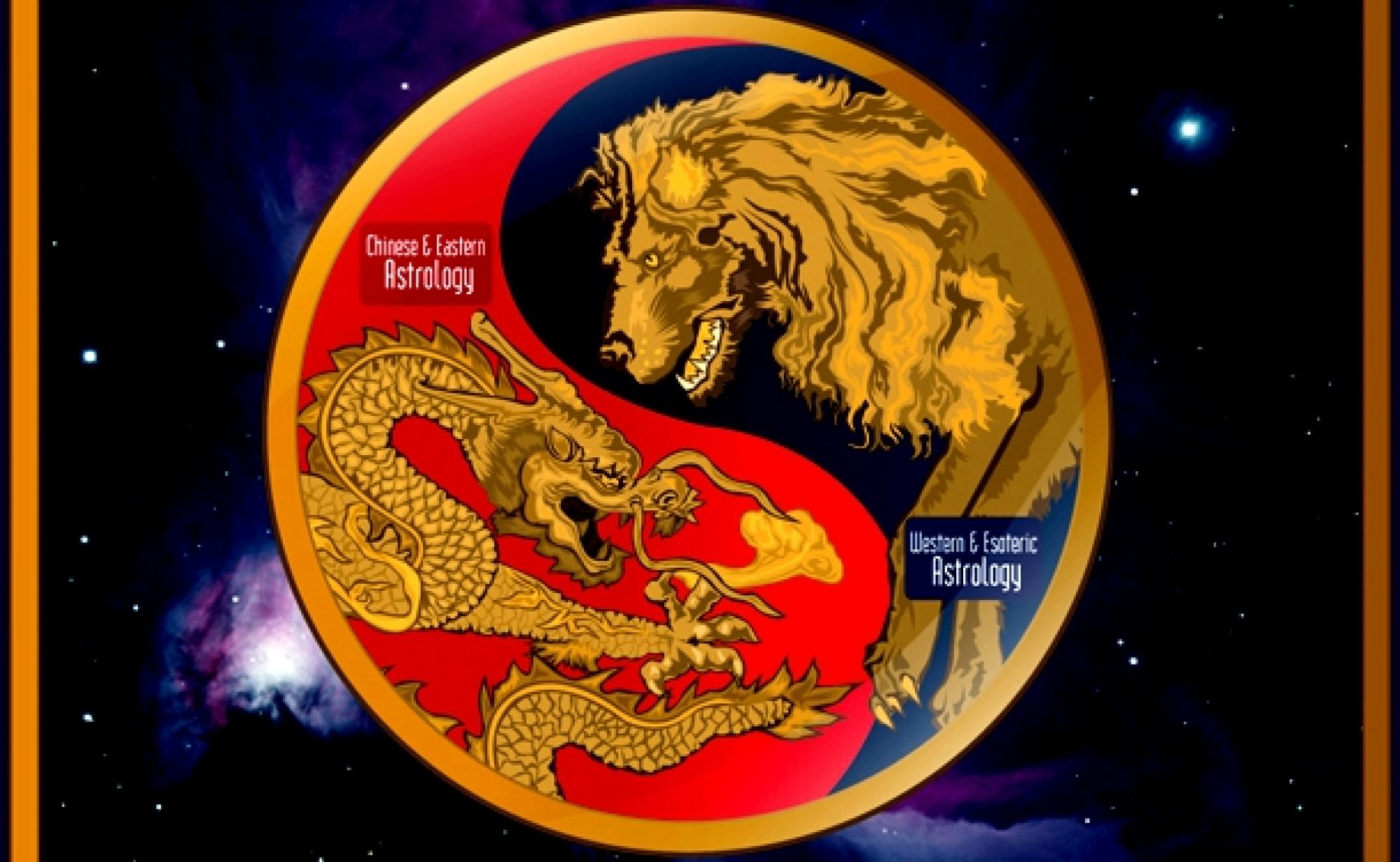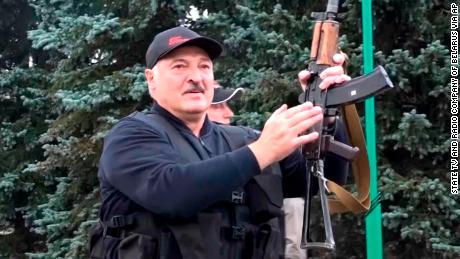We have recently been witnessing yet another attempt at a color revolution, this time in the ex-Soviet republic of Belarus, in an effort to oust long-time dictator Victor “Babka” Lukashenko in order to install a Western-friendly government. It was previewed as what some media outlets have dubbed the ‘slipper revolution’, only to be attempted in earnest after the election in August. They didn’t bother to assign a color to this one. The reason for calling it a color revolution will be covered later in this post.
In the recent election in Belarus Babka claimed to have won 80% of the vote, but the election resulted in large anti-Babka protests with claims of voter fraud and the main opposition candidate, Svetlana Tsikhanuskaya fleeing the country in fear for her life after the election, having taken refuge in Lithuania. All the usual Western media talking points have been rolled out as a result, with claims of human rights abuses and so forth. There is a little problem with the attempt at this revolution, though, something called the ‘Union State Treaty’. Will Babka survive and go on to lead Belarus into the future? Will Russia intervene? Will new colors be flying over Belarus? Or will the slippers be returned to their posts under the bed?
First, we start with some background. The present Belarus was created in 1991 after the fall of the Soviet Union. It was a province of Soviet Russia after the 1917 Russian Revolution. It had a brief try at independence in 1918 and 1919, but it never really took off and was thereafter absorbed into the Soviet republics. It is sometimes known as ‘White Russia’, but Belarusians are a unique ethnic group, having consolidated during the period of the Grand Duchy of Lithuania. Currently in Belarus, only just over 8% of the population are ethnic Russians, but there are deep ties to Russia.
We don’t have an exact time for the creation of the modern state of Belarus. Nicholas Campion gives a time of 9:00 pm local time, according to the Associated Press (cannot find a link), in Minsk, on 25 Aug 1991. The chart is below (bigger):
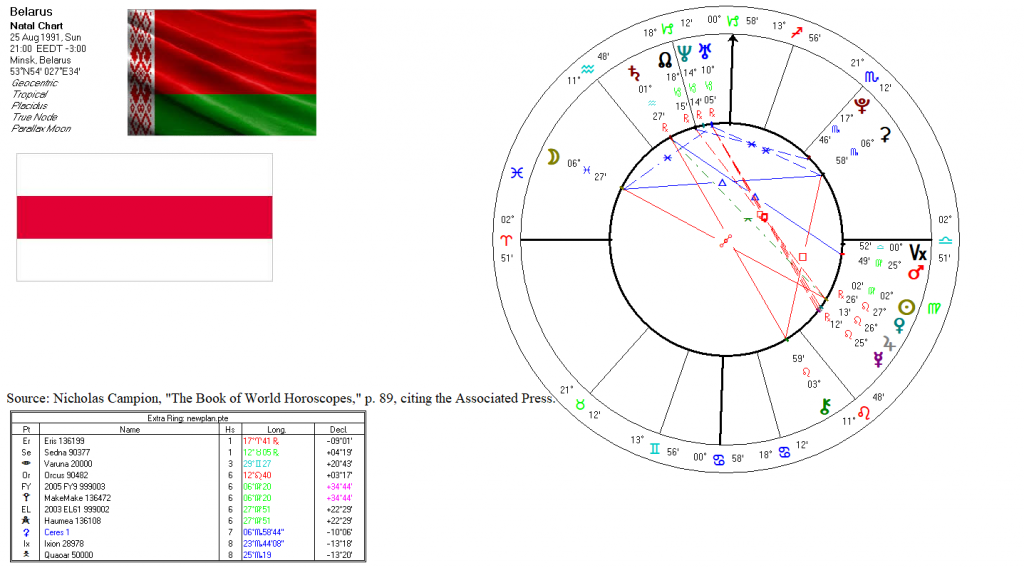
We see trouble from the start, or at least a painful beginning, noted by the Saturn/Chiron opposition across the 5th/11th house axis. The 5th house in a national chart indicates national happiness or sorrow and community property, which is where Chiron is placed. Until Lukashenko came along, Belarus was in a sorry state. The 11th house, where Saturn is placed, relates to contracts and agreements with foreign countries, as well as a nation’s Congress and alliances. That relates to the nation’s parliamentary system and alliances. In addition, The Sun and Saturn are linked by quincunx, also a difficult aspect, denoting restrictions that are difficult of resolution, and lastly, Saturn is retrograde, showing initial problems in leadership.
Mars is in an approaching trine with Saturn from the 6th house (services, police and military), and Saturn rules the 10th house (sitting government) with Capricorn on the cusp of that house. That trine is one of the ‘wealth aspects’ and builds wealth slowly but surely over time. Now, we can begin to see if the chart proves out. The key dates in Belarusian history, short though it is in its present form, are as follows:
- Constitution adopted, 15 March 1994 (chart)
- Lukashenko inaugurated as president, 20 Jun 1994 (chart)
- The Union State Treaty is made law, 2 Apr 1996 (chart) This is probably the key date.
- Eurasian Economic Community, 10 Oct 2000 (chart)
- Customs Union with Russia and Kazakhstan, 1 Jan 2010 (chart)
- 2020 protests, 24 May 2020 (chart)
These events give a good start at a proving for the chart. In such a short history for an independent nation more time and major events will be needed, but what we have here looks good so far. We want to take a brief look at the Union State chart, because that event will be probably the main determinant factor as to what happens next in Belarus, barring unforeseen action by the people. But the point here is that it would take a referendum to break that treaty, or a violent intervention. The latter is highly unlikely.
The Treaty on the Union State essentially was meant to establish a commonwealth between Russia and Belarus, with freedom of movement and settlement between the two nations. It established a Supreme State Council, a Council of Ministers, a proposed bicameral Union Parliament, a proposed Court of the Union and an Accounting Chamber. There was supposed to be a common currency between Russia and Belarus, but Belarus dragged its feet and in 2008 pegged its currency to the US dollar. That in itself has caused trouble for the Belarus.
Both Russia and Belarus seemed to lose interest in the Treaty shortly after its implementation. Those were the days when neoliberal economics and ‘Westernization’ were being introduced across the old Soviet republics and Yeltsin was the president of the Russian Federation. That was where Lukashenko came in.
Lukashenko was elected in 1994 on an anti-corruption platform, and has ruled since as a dictator. He earned his nickname of ‘Babka’ (Papa) for his fight against the oligarchs and street gangs who ruled Belarus just after it declared its independence. It was experiencing the same situation as were the Russians in the ‘90s – lawlessness, increasing poverty, decreasing life expectancy, concentration of wealth in the hands of the oligarchs, capital flight and so forth. It was much the same across many of the old Soviet republics. Lukashenko recently recalled those early years to a recent rally of his supporters. And there are still a large enough number of his supporters in Belarus, people who remember what it was like in the ‘90s. It will be useful to recall what was going on in Belarus then before going further into the astrology of the Nation State.
From the very beginning of Belarusian independence, it was caught in the grips of the neoliberal fervor of the West, and Western nations sought to carve up Russia and the ex-Soviet states. Lukashenko came to power in those years. The following shows why there is still such support for him in Belarus, and why the West wants him gone:
Incumbent President Alexander Lukashenko was the only member of the parliament of Soviet Belarus (officially the Byelorussian Soviet Socialist Republic) to vote against the dissolution of the USSR amidst the chaotic implosion of the socialist camp in 1991. His post-Soviet years were spent as an ardent anti-corruption activist. He was a former state farm manager who watched in horror as a newly formed oligarchy looted the public wealth of the former Soviet Union.
As gangster capitalism reigned supreme in the Yeltsin years, there was a desire in Belarus, which had been the most industrialized and prosperous part of the USSR, not to go down the same calamitous path. Lukashenko was voted in as the post-Soviet state’s first president, and he took a path very different to both Russia and the neighboring Baltic states, Ukraine and Poland. The government invested heavily in state-owned assets and did not allow widespread privatization and asset-stripping. Belarus took a path that was perhaps the closest to the old economic system of the Soviet Union. This made the nation a bedrock of stability while the other former Soviet states were convulsed by neoliberalism and economic chaos.
Returning to the astrology, the transits and directions at the time of the Union Sate Treaty pretty much tell what it is (see link at the bullet point above) – a treaty of mutual understanding and integration with Russia (directed Venus to natal Sun with transiting Pluto and Jupiter in octal aspects to the Sun, thus energizing the Venus direction). The transits point toward extraordinary achievements and big projects being successfully implemented. Venus is a planet much associated with integration of all types.
The Treaty was also a security agreement, shown by the direction of Mars square the Meridian axis from the 6th house, being activated by a Saturn transit in the 12 (state institutions), just behind the Ascendant. Saturn crossed the Ascendant a month later, showing a secondary culmination and realization of an effort.
Lukashenko has been his own worst enemy since the turn of this century, though. He always sat on the fence and tried to play factions off between Russia and the West. Souring of relations with the West started in 2003, when he spoke out against the Iraq War. It was at that point that the US began to take an active interest in Belarus (Putin had just come to power in Russia, too) and passed the Belarus Democracy Act of 2004. It was at that point he began to be called ‘Europe’s last dictator’. The Act was an overt initiative of interference in the affairs of a sovereign state.
The US and Belarus cancelled diplomatic relations in 2006 over a row about the election in Belarus that year. In 2019 they sought to renew relations, at which point David Hale paid a visit to Belarus in September of that year. Regime change usually isn’t far behind once David Hale pays a visit.
Soon after, Julie Fisher was appointed to serve there. In February of this year, Mike Pompeo landed there and discussed the desire of the US that Belarus have more sovereignty from outside actors, meaning Russia basically. He went on to add that “…the United States would continue to push for human rights reforms while also fostering closer economic ties…” with Belarus. The US establishment has stated clearly why it want Belarus, and that is to change the balance of power in Eastern Europe, to the disadvantage of Russia.
The notorious American NGO, the NED, has put 34 initiatives in place in Belarus, starting last year. These usually target the youth, social media, independent media, local civil advocacy (opposition) groups, and so forth. Then, as elections near they throw their support behind viable opposition candidates and begin talk of the election probably being rigged against them.
But the Americans are not the only interested parties in the outcome of the election in Belarus. The Poles, the Ukrainians, the Lithuanians (all the Baltic states, really) and the EU want Lukashenko gone and a Western-friendly leader and cabinet put in place. The Ukrainians went as far as to try to fake a coup attempt by luring Russian mercenaries to Belarus under false pretences and painting them as coup plotters. The plan was exposed and busted, with the scammed Russians being returned to Russia with no further repercussions.
It should be noted that there are old territorial and cultural conflicts between nations in the area, with Poland and the western part of the Ukraine being decidedly anti-Russian. They also lay claim to parts of Belarusian territory. The Poles in particular have a problem with Russia and Belarus, with Western Belarus having been a part of Poland until WWII. About 3% of Belarusian population is of Polish descent. They want that territory returned to Poland. That is the primary recent historical reason why Poland has such animosity toward Russia.
The Baltic States claimed their independence after the breakup of the USSR and fear Russian interference in their affairs, with the Lithuanians having deep historical ties with Belarus. They claim the north-eastern, but small territories in Belarus. The Ukrainians also lay claim to territory in the southwest of Belarus. The map below illustrates the old territorial claims clearly, per-WWII. Ethnic Belarusians occupy only a small section in the map on the border with Russia.
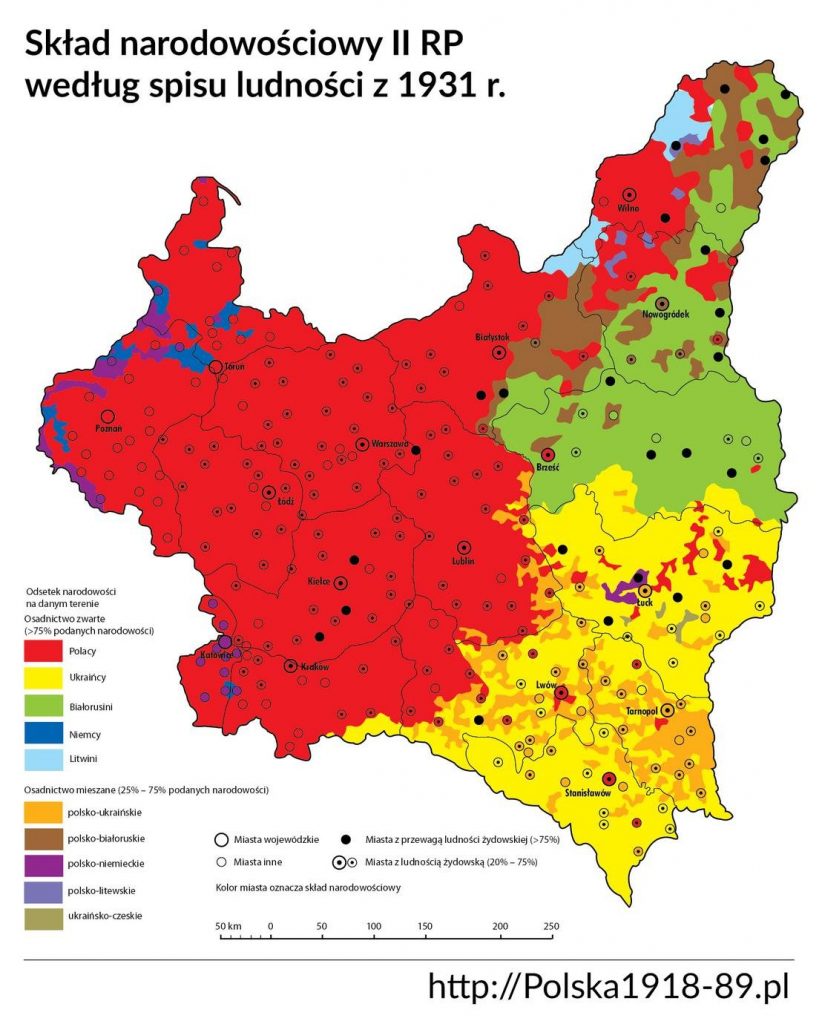
To the present, when Lukashenko bought Belarus’ first shipment of oil from the US in May, the color revolution game was on and the NGOs in Belarus went into high gear. On August 9th, when the election took place, Lukashenko probably handily won, but the result was immediately denounced as fraudulent by the EU and Washington, and resulted in riots across Belarus. That is how color revolutions are generally started. But Belarus is not the Ukraine, and Minsk is not Kiev. Neither is Minsk really representative of Belarus as a whole.
Belarus is largely rural, with 40% of its land mass covered in forests. A third of the working population is employed in industry, and Belarus has a large heavy equipment industrial base. Belarus relies on exports and subsidized imports for its economy. It is a small nation, with a population of nearly 9.5 million, mostly rural. But, about 20% of the population is in Minsk. Herein lies a key point as to why Lukashenko won the election: The rural areas in general support Lukashenko’s policies, as his governance has kept their standard of living fairly stable, and good in relation to the Ukraine (30% higher).
Even the US-dominated World Bank has to admit that Belarus under Lukashenko has reduced poverty from 42% in 2000 to just under 6% four years ago. Measured in PPP, the measures are even better – from 60% to less than 1% today:
The fall in the poverty rate in Belarus reflects the inclusiveness of the country’s economic growth over the past decade and a half. Belarus exhibited the highest rate of growth of expenditures of the bottom 40% of the population during the period 2006-2011, at a time when many European countries were suffering from the effects of the financial crisis and seeing falling incomes among the bottom 40%.
This alone reflects why there is not a strong taste for revolution in Belarus. Belarusians are not rich, but nor are they poor.
As much as the Western press goes on about discontent in Belarus now, the majority of Belarusians look favourably on Russia. Their militaries share drills and are on friendly terms. There is little enmity in Belarus towards Russia. And Russian is the national language spoken in Belarus, even though that was an imposition by Lukashenko. Belarusian is a language itself, and it is still spoken, but not taught in schools. This brief synopsis brings us to where we are today with Belarus and where it is likely headed.
Color revolutions usually follow a set pattern: A contested election, which has been preceded by seeding discontent in the nation via NGOs and plying sympathetic politicians with bribes and promises of wealth and power once the ‘regime’ is deposed. ‘Democratic reforms’ are usually at the heart of the rhetoric employed to influence the youth and politicians in the targeted nation. A successful color revolution depends upon a significant minority of the government being opposed to the current leadership, as we saw with the Ukraine in the lead-up to Maidan in 2014.
Once the election has taken place widespread protests are fomented against the winner and local malcontents are paid to provoke violence, even to the point of firing upon their own people and security forces, which provokes the security forces to fight back. We saw this in the Ukraine and in Syria in 2006. The liberal democracies then decry the violence and claim human rights abuses by the government. If necessary (as in, if the government refuses to budge), the violence is escalated and the US invokes the ‘right to protect’, at which point military action is instigated, thereby collapsing the state. The end result, if successful, is the same – either a failed state under the control of Western factions (a polyarchy, with the illusion of democracy and elections), or a Western-friendly vassal state.
With the preceding description in mind, we can see several reasons why the color revolution in Belarus has already failed:
- Lukashenko still has enough wide support, even though the people of Belarus think he should institute reforms
- The protests are not violent. They are deemed to be ‘too velvet’ to produce the needed disorder.
- The people have a decent standard of living and good social services compared to neighboring states. They are well-educated and have low unemployment.
- The populace is largely pro-Russian, and then there is the Union State. The West has been told bluntly to butt out of Belarus. Violence will not be allowed.
As soon as the situation post-election began to look dodgy for Lukashenko, he turned to Moscow and spoke to Putin about the Union State. Moscow has since confirmed its readiness to help iron out difficulties in Belarus. In a recent interview to a Russian journalist, Putin made the position of Russia very clear with respect to Belarus – no foreign interference will be allowed. Belarus will be left to iron out its own difficulties and Russia will aid it as requested, unless there is overt interference. In the latter case, Russia will intervene in Belarus. That is not to say the Western powers will stop trying in Belarus. This will go on for a while yet. But in essence, the attempt at a revolution has been stopped.
In wishful thinking, a few Western economists, such as Anders Aslund, were already talking about how the state industries of Belarus would be modernized and about the ‘dividends of democracy’ (re: privatization) after Lukashenko is gone. And the opposition parties already had a clear outline of how things were going to proceed.
The real goals of the opposition in Belarus are outlined in a Google cache (machine translate) from an opposition website. It is a nationalist movement, like others, who are being co-opted by regime change interests in the EU and US to pull Belarus away from Russia. One of the first items on their agenda was the exit of Belarus from the Union State, the CSTO and the EEC, which would remove any Russian leverage over the situation. The movement is decidedly anti-Russian.
Where does Belarus stand as of now, according to the astrology? To that we turn to the directions in effect as of the start of the post-election protests. The chart with directions is below (bigger):
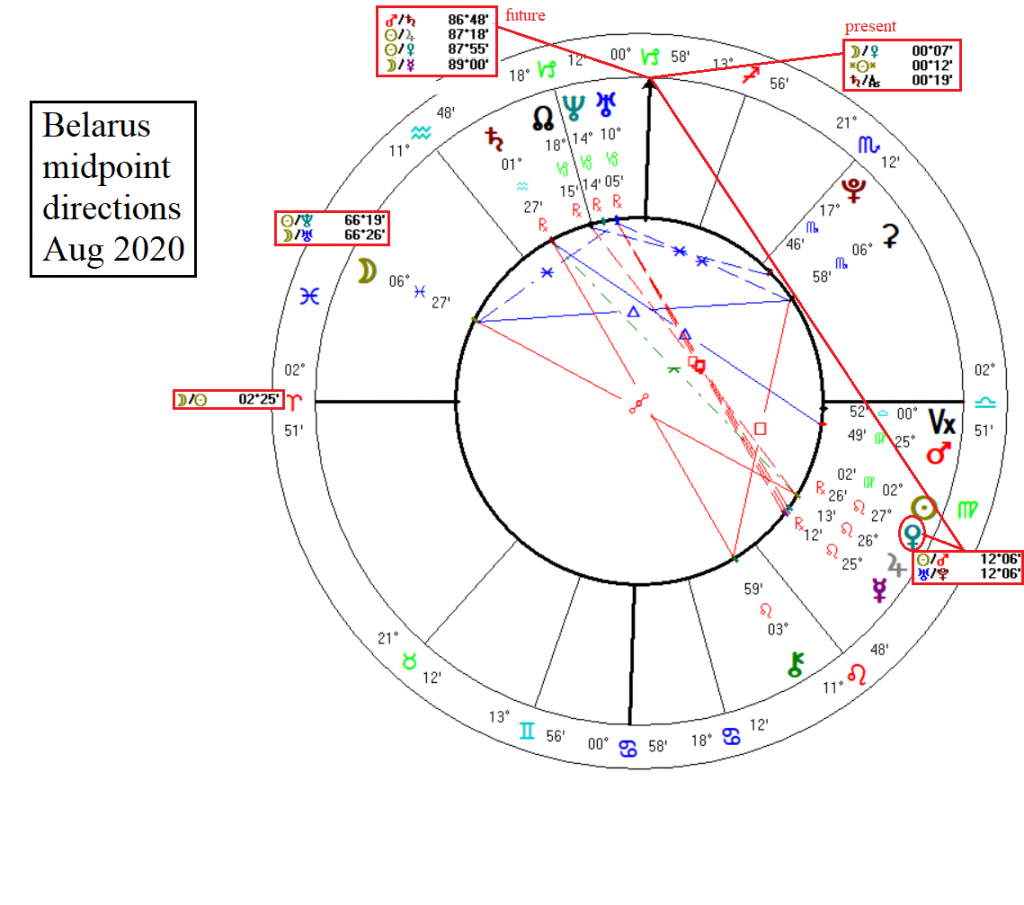
The backdrop for the directions to the Belarusian chart is shown in the 2020 protests chart, linked at the start. In that, we see the directed Ascendant (the mood/will of the people) directed to a square with the Belarusian Saturn, the latter ruling the 10th house (the sitting government). In turn, there is a direction of Pluto by semisquare to Saturn. The combination is thus one that speaks of oppression, suffering caused by others, and being subjected to coercive measures. We can see this in relation to actions to and from the government. Lukashenko has been subjected to coercive measures and has exerted them himself. And the protests are in part due to Lukashenko’s poor handling of the COVID outbreak in Belarus (the suffering of others) along with economic issues.
The directions are activated by a transit of Saturn to its own place – Belarus’ first Saturn return. It is a transit that, by itself, can bring about maturity or a setback, depending upon how one handles the crisis it represents. In the case of Belarus, it shows the do-or-die nature of the Union State and the crisis represented by the directions. But the big question here is whether or not we see a revolution. And to that, we turn to the directed midpoints.
The ‘revolution midpoint’ – Uranus/Pluto – is in a hidden midpoint by direction to the natal Venus, exact in about four months: “a constant longing for the new. – The conquest of love”, as well as creative power. From other posts, we know that when exact, this midpoint brings the signing of contracts and the like, whereas the revolution takes place a few years before. We might hazard a guess that there will be a firmer agreement between Russia and Belarus in relation to the Union State coming toward the end of this year. The ‘revolution’ is seen in a direction of that midpoint a couple of degrees behind natal Neptune.
Nep=Ura/Plu: “A sympathetic understanding of other people, the knowledge of human nature, deep study of a subject of special interest, the inclination to delve into the Supernatural Realms. – Insecurity and uncertainty, unfulfilled wishes, fatigue, nervous diseases (neuroses).” Belarus has most of these characteristics at the moment – uncertainty, unfulfilled wishes and fatigue, to be sure. But it also has the understanding of Russia and their mutual ties and the knowledge of their shared nature over the last century. Belarus was unique in the post-Soviet era in that it retained the Soviet-style economy in Europe.
The directed Sun/Moon midpoint to Belarus’ Ascendant indicates, “A frank and open behaviour towards other persons, the desire to make new contacts, an association, a friendship, sociableness, meetings with other persons.” We certainly see that happening at the moment.
The state of the opposition in Belarus, shown by the ruler of the 4th house (the Moon), is being influenced by the directed Sun/Neptune midpoint, of interest showing ‘the weakening of the female functions’. The opposition leader is the wife of an imprisoned opposition figure, and she is in exile in Lithuania.
The current directed-progressed Sun squares the Meridian axis, showing the conflict between the opposition and leadership. It is also on the natal vertex, bringing the nation fully into world prominence and highlighting the nation’s leadership and identity. But that is also about the Belarusian nationalist spirit and its desire for independent actions. The problems it is experiencing now in that expression are shown by the Sat/Asc midpoint directed to the natal MC:
“Difficult growth of individual expression, the inclination to feel depressed, oppressed, inhibited, frustrated or slighted by others. Suffering from other people’s actions, the gaining of experience. – Emotional suffering through separation, the misfortune to be hindered in the fulfilment of one’s objectives in life.” The ‘suffering from other people’s actions’ can be seen in both the foreign interference and the initial suppression by the government.
So, the present situation in Belarus is pretty clear. What do the next few years hold, then? That is shown in the midpoints to the left of the MC in the figure, and it definitely looks to be a brighter picture. As much as some readers might wish, that will not be the case if Belarus chooses to turn toward Europe and the West. If they do, they face privatization, with their industries being sold off for pennies on the dollar, the rise of the polyarchy, austerity and the scrapping of most of their social programs. Better, as Craig Murray recently stated the matter, for Belarus to turn toward and hook its destiny to Russia:
My expectation is that Lukashenko will hang on, reorienting the economy back towards Russia. Putin’s long-term policy goal has always been the reintegration into Russia of majority Russophone areas of the old U.S.S.R. That has been his policy in Ukraine and Georgia. Belarus is a major prize. He will seek to bind Belarus in tighter, probably through increased energy subsidy (Putin’s economic arsenal is very limited). Getting rid of Lukashenko is going to move up Putin’s to do list; I give it three years. The current demonstrations in Minsk have no major economic or social effect, and will pass.
Look at the bolded text in the quote and then look at the directions to the left of the MC – most of them will be exact in about three years from now:
- Moon/Mer=MC: “Independent thinking, the seeking of soul-contacts, the ability to form one’s own judgement and opinion.” Exact in two years.
- Sun/Ven=MC: “A love union” (three years)
- Sun/Jup=MC: “Aspiring health, wealth and possessions. A happy, harmonious and wealthy person. – Good luck in one’s own enterprises.” (three years)
- Mars/Sat=MC: “Endurance, the power of resistance, indefatigableness. – The necessity to overcome a lot of difficulties in life, the ability to bear the suffering of the soul (with dignity and without complaint). Mourning and bereavement (death).” 3+ years)
Looking at the trajectory of the West and then at Russia, it is not difficult to see where Belarus will be better off. And unless I miss my guess, the last midpoint (death), could well mean the reabsorption of Belarus, figuratively or literally, back into Russia. Of course, a lot can happen between now and then, but if we have a correct working chart for Belarus, this election will have been the last stand for Lukashenko, with Belarus moving steadily from here onwards toward greater union with Russia. This will be an interesting process to watch, with a copious amount of vinegar poured onto Russian and Belarus by the Western press in the intervening period.
[For further reading, see The Saker, a series of short articles by Anatoly Karlin, Colonel Cassad’s page (Russian, machine translate), TASS, Institute for Political Studies (Italian, machine translate) and The Moscow Times, among many others.]
Featured pic from CNN
